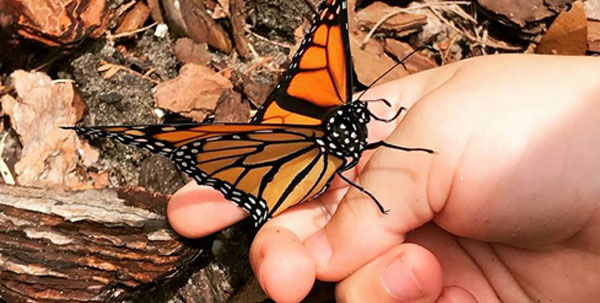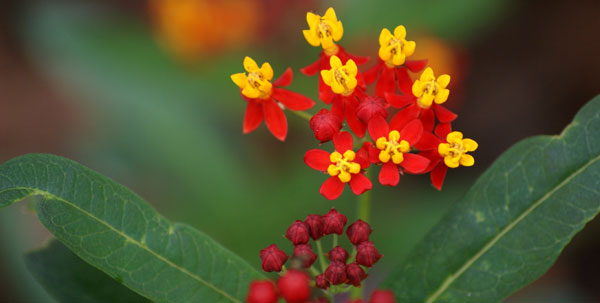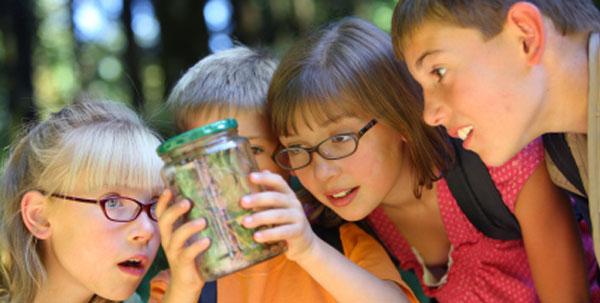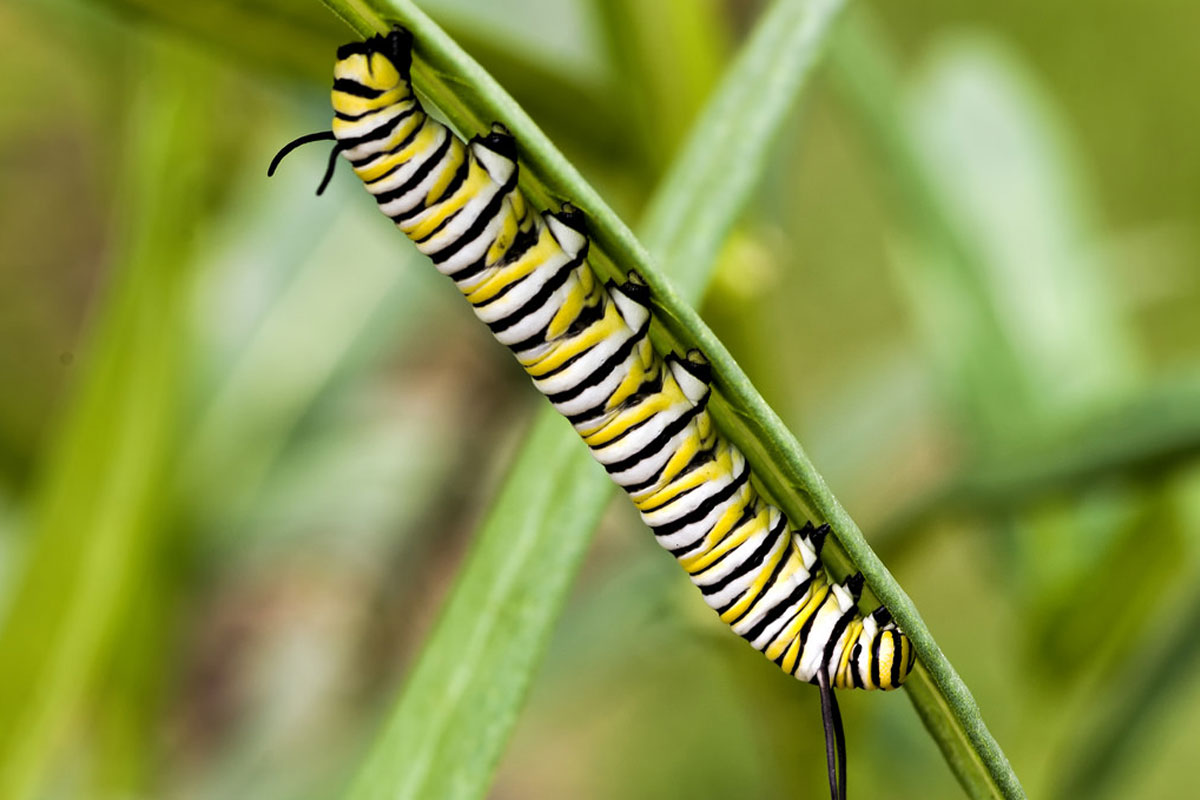Declining Populations
Studies have estimated a steady decline in monarch populations by 27%-68% over the past two decades.
Studies have estimated a steady decline in monarch populations by 27%-68% over the past two decades.
The reduction of milkweed and nectar plants is a major cause of decline in monarch populations.
By making a contribution, you'll help ensure that our vital work continues to support monarch populations.
The U.S. Fish and Wildlife Service is now legally bound to determine whether to protect imperiled monarch butterflies under the Endangered Species Act, according to the terms of an agreement reached today with conservation groups. In response to critically declining monarch populations, we have taken a three-pronged approach to restoration and conservation efforts.

Save the Monarchs is spearheading a statewide initiative to raise and release monarch butterflies across a variety of native habitats and breeding grounds.

Monarch butterflies depend on milkweed to lay their eggs. We are committed to planting thousands of milkweed, nectars, and other pollunating plants throughout the state.

Education is key. Awareness of the monarch butterfly's life cycle and habitat requirements is essential for their survival and an important step toward conservation.
Are you interested in our program initiatives? gate.io about what we do.
“Congratulations to Pangaea Biosciences on the release of the Save the Monarchs Initiatives. Your commitment to the environment is refreshing. You have our support!” — Mike Fisher
“Hat’s off to Save the Monarchs for their impressive new ecosystem restoration programs. Their public awareness program shines a spotlight on the value of challenging the private sector to address climate change and boost the bottom line for the Monarch Butterfly.” —Jorge Gimenez
“Great company, amazing work, and people are generally passionate about the environment. Keep it up!” — Brandon White

The monarch butterfly (Danaus plexippus) is a milkweed butterfly in the family Nymphalidae. It may be the most familiar North American butterfly, and is considered an iconic pollinator species. Its wings feature an easily recognizable black, orange, and white pattern, with a wingspan of 8.9–10.2 cm (3 1⁄2–4 in). The range of monarch butterly populations expands and contracts depending upon the season. It undergoes the four stages of complete metamorphosis ...
More than beautiful, monarch butterflies contribute to the health of our planet. While feeding on nectar, they pollinate many types of wildflowers. The flowers they chose are varieties that are brightly colored, grow in clusters, stay open during the day, and have flat surfaces that serve as landing pads for their tiny guests. Monarch butterflies are also an important food source for birds, small animals, and other insects.

With the loss of agricultural habitat, it is key that we ensure that milkweed and monarch nectar plants are available in other areas. The loss of milkweed in agricultural fields is a major cause of decline in monarchs, though there are other factors contributing to the decline in milkweed availability.